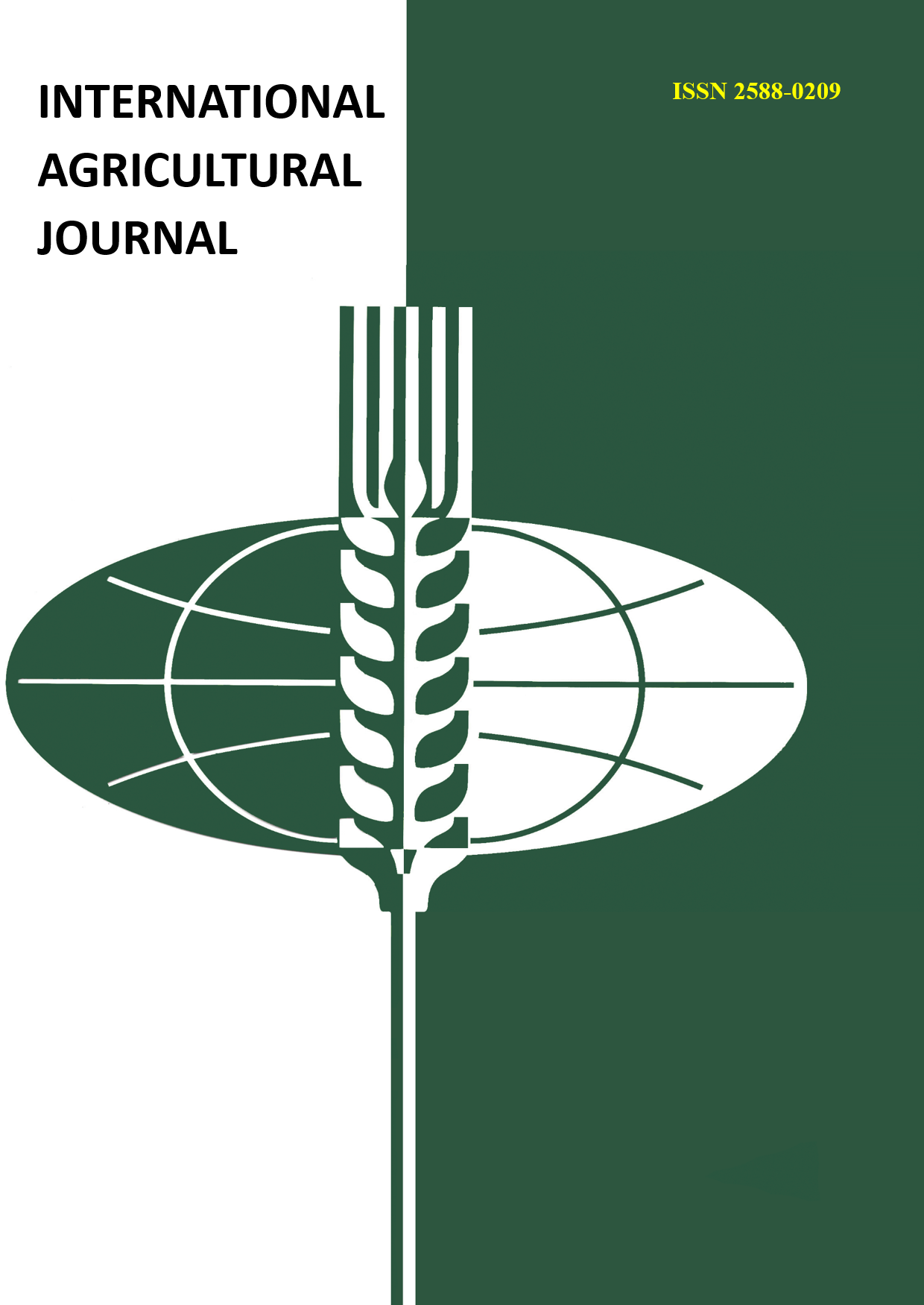Environmental safety is the protection of nature and society from threats that affect the environment by anthropogenic or natural influences. Therefore, the essence of the environmental safety system is reduced to various measures of a legislative, technical, medical and biological nature, which are aimed at maintaining a balance in the environment. The goal of environmental safety is not only the health of the population, but also the protection of the environment. Threats to ecological safety come from the destruction of ecological systems, as a result of which geochemical changes take place, which bring enormous harm to the environment and humans. The Russian Federation has advantages over many countries, which lie in the fact that about 60% of the entire territory is not disturbed by economic activity and this area is more than 11 million square meters in size. km. the topic of this study is relevant, since environmental safety is one of the main threats in the implementation of the food security doctrine. The purpose of this article is to study the Sverdlovsk region region from the standpoint of environmental safety. The theoretical significance of the study lies in the statistical data that the authors use, pointing out the negative environmental factors. The practical significance of the study proceeds from the conclusions that extremely insufficient attention is paid to the issues of the ecological safety of the region in the Sverdlovsk region. The article uses the methods of analysis and synthesis, the statistical method and the method of economic analysis.
ekologicheskaya bezopasnost', zdorov'e naseleniya, prodovol'stvennaya bezopasnost', tehnogennye nagruzki, ekologicheskiy krizis, sostoyanie atmosfery














